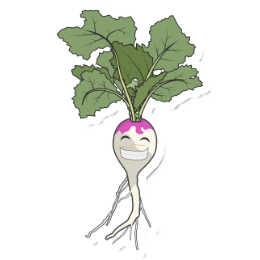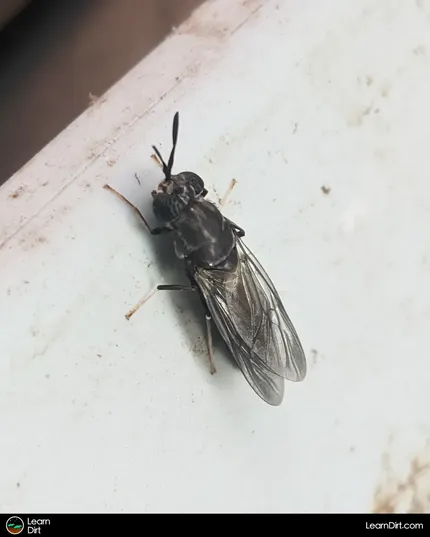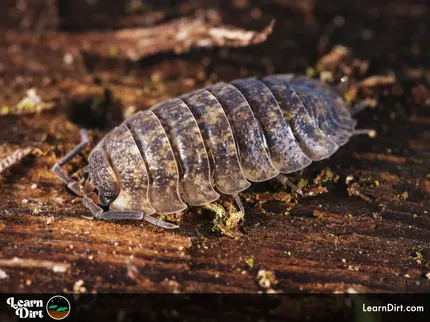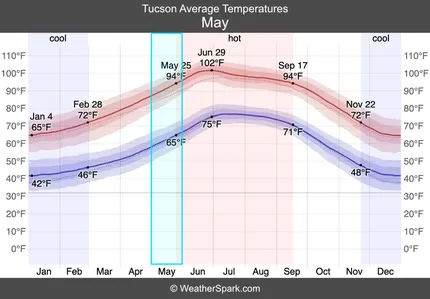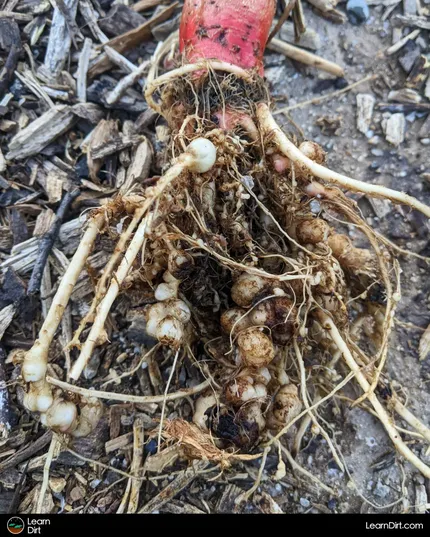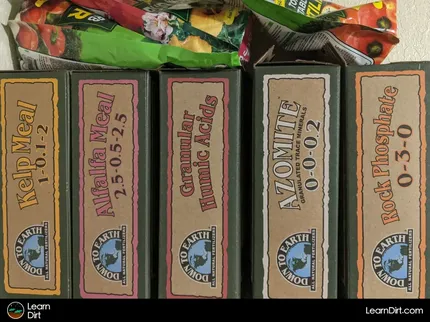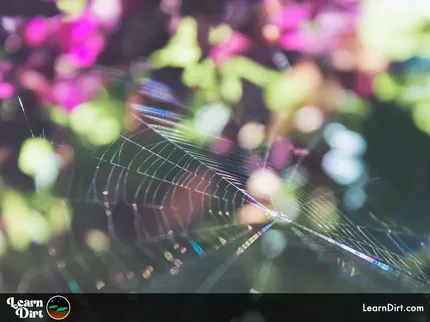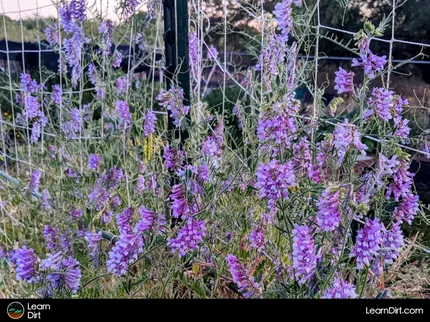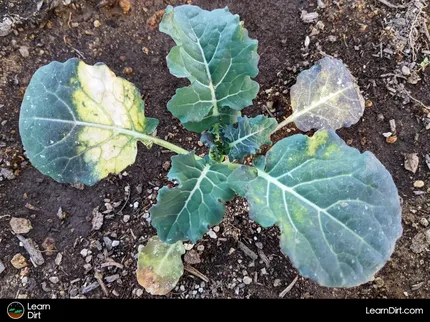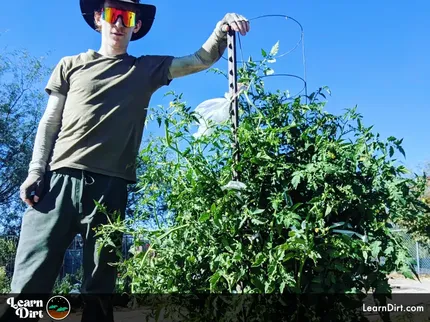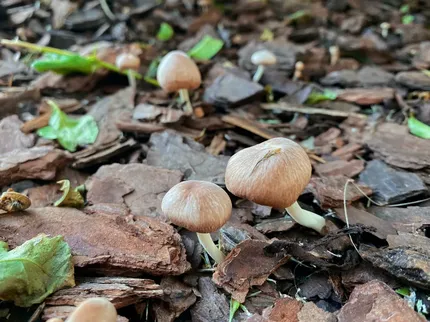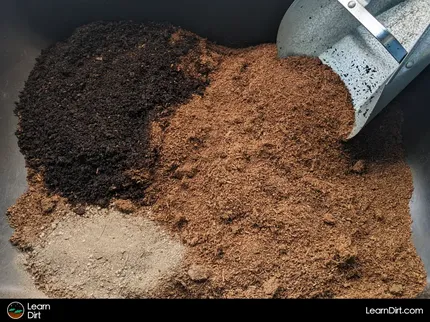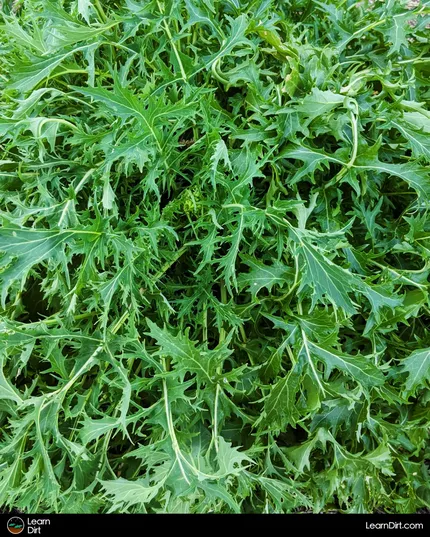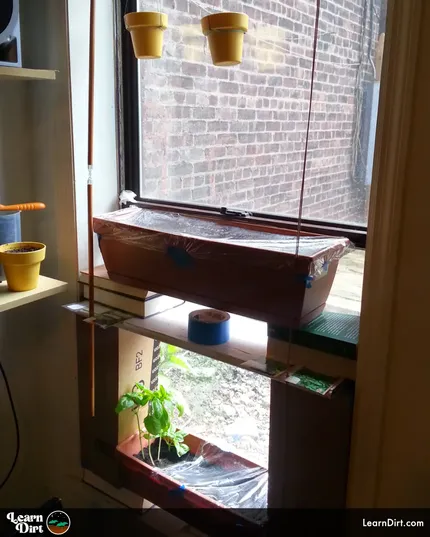Table of Contents
- What Are Flea Beetles, Anyway?
- Identifying Flea Beetle Damage
- What Problems Do Flea Beetles Cause?
- Flea Beetle Prevention
* Our articles never contain AI-generated slop *
Flea beetles can be an obnoxious problem in the garden, ravaging kale and cabbage, chard and turnips.
Let's talk about what they are, what they do, and how to deal with flea beetles in your garden.
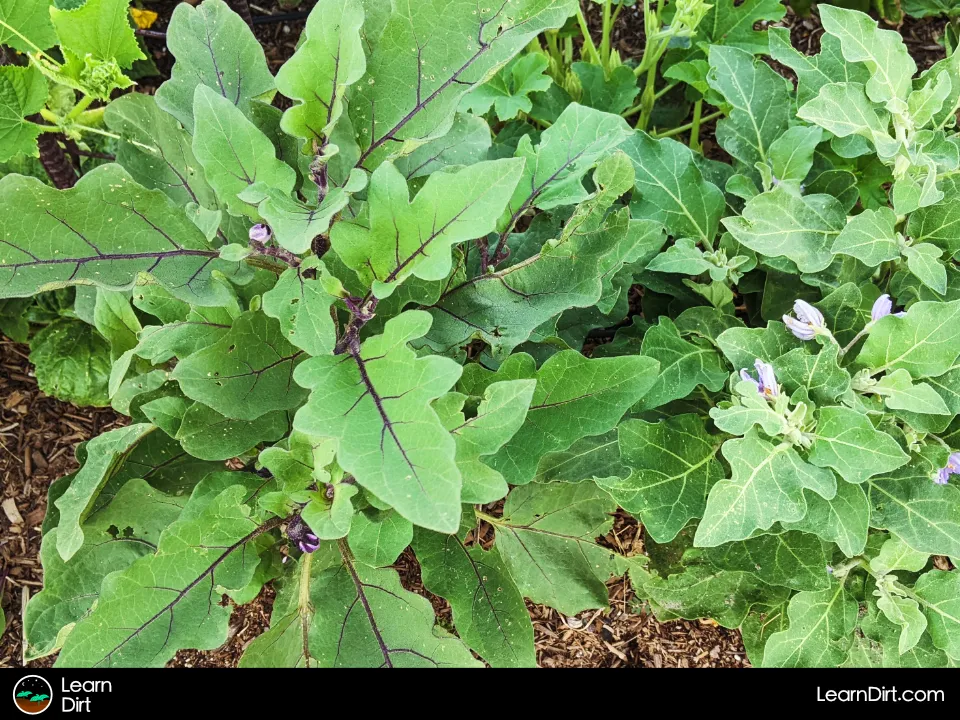
What Are Flea Beetles, Anyway?
Flea beetles are a tiny jumping leaf beetle. If you nudge your plants or flick the leaves and tiny black/iridescent beetles hop away, you've got flea beetles.
Disclaimer: This post may contain affiliate links. Refer to the privacy policy for more information.
Primarily foliovores, flea beetles love to chow on your smallest most tender garden leaves. They're big on Solanaceae (nightshades) and I've also found them especially dastardly on Brassicaceae (brassicas).
As larvae in the soil, flea beetles may also feed on plant roots - posing an additional risk to your garden.
Thankfully, flea beetles typically aren't capable of taking down healthy, established plants. Seedlings are the most susceptible - so consider protecting new sprouts and transplants early on if you've got flea beetle problems.
As with many garden pests, healthy plants will produce chemotoxins to defend themselves and aren't nearly as tasty to insects as sick and weakened plants.
I always suggest focusing more on plant health and especially on soil health as the primary way to combat pests - healthy plants will fight their own fights. Healthy ecosystems will balance themselves.
Identifying Flea Beetle Damage
The telltale sign of flea beetles are the numerous small round holes they put in leaves, which resemble birdshot.
Join The Grower's Community
Your space to connect, learn, and belong 🌱
Check It Out!

What Problems Do Flea Beetles Cause?
Flea beetles reproduce quickly, and can get out of hand before you know what hit your garden.
The more stress your plants are experiencing, the easier it is for flea beetles to take advantage of them. I find that the heat of the summer here in my hot desert has a tendency to stress plants out to the point that their natural chemotoxin production as insect defense is reduced in effectiveness.
Flea beetles hone in on this, and use the chance to get a big meal from the garden at your expense.
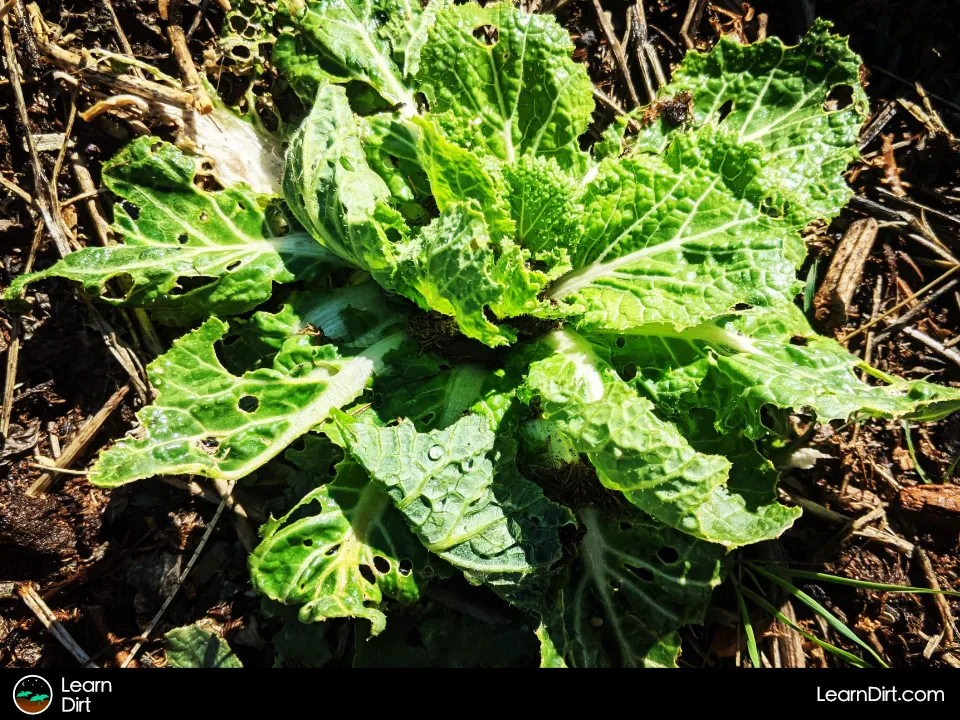
Flea Beetle Prevention
Now that we know what they are, what they do, and how to identify them and the damage they cause - let's talk flea beetle prevention.
Is there anything you can do about flea beetles, or must you resign yourself to languish in flea beetle purgatory for all eternity?
Fear not, weary gardener, there are solutions to your woes!
Biological Control
Utilzing your ecosystem's natural balancing mechanisms and tendency towards equilibrium is always my favorite means of pest control.
There's little need to apply barriers, organic sprays, sticky traps, or anything else when there are enough flea-beetle-eating predators in your garden to keep them well in check.
Rather than focus on the flea beetles, you may benefit from investing that energy into attracting their predators and keeping them around by providing them with the conditions they need to thrive.
Barriers
Fine mesh row cover netting can be a great way to prevent flea beetles from ravaging tender seedlings in spring.
Just remember that flea beetle overwinter in leaf litter, and lay their eggs in soil. Their larval stage is also lived out in the soil, so putting netting over plants may not be enough.
You may want to tuck mesh netting under your plants atop the soil to create a barrier on the soil to prevent them coming up from below.
While some gardeners report this effective at keeping plants safe, others have less success with mesh netting. It's worth giving it a try yourself as the netting is an inexpensive experiment to see how much it helps in your garden.
Diatomaceous Earth
Diatomaceous earth is a solution which comes up again and again for garden pest control because of its versatility.
Comprised of very fine shards of the silica based remnants of microscopic algae called diatoms, and typically purchase as a crushed powder.
Diatomaceous earth is highly abrasive on a microscopic level, and can cut through the hard exoskeletons of many insects who call your garden home.
Beware that diatomaceous earth can also harm beneficials, and is a non-selective form of pest control.
For this reason I don't typically use it, personally, but it's worth mentioning as a possible solution for many of the pests which gardeners find themselves dealing with.
Using Diatomaceous Earth for Flea Beetles
While D.E. can be applied in a ring on the soil around plants for some pests, like slugs, flea beetles can jump and can also emerge from the soil within the ring - as they lay eggs at the base of plant stems.
This makes direct application to the leaves that they afflict a more effective approach for flea beetles.
Dig Cool Merch?
Be sure to on a face mask (D.E. irritates lungs and sinuses), and then dust dry plant leaves with a thin coating of the powder.
Just remember to wash it off any leaves before consuming, and to reapply after it rains once leaves have a chance to dry off.
As flea beetles try to move across leaves through diatomaceous earth, the microabrasive silica shards scratch and damage their exoskeletons - inflicting critical damage to your garden's unwelcome guests.
That's all for now, thanks for reading!
If you have any questions, comments, or would like to connect with fellow gardeners, head on over to the forum and post there.



